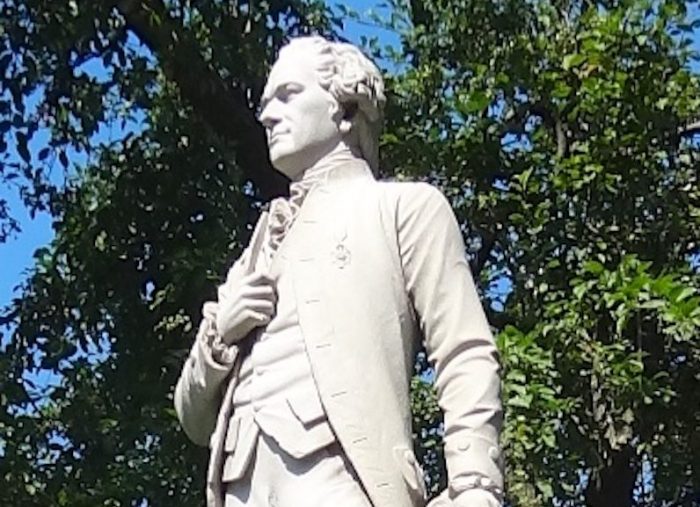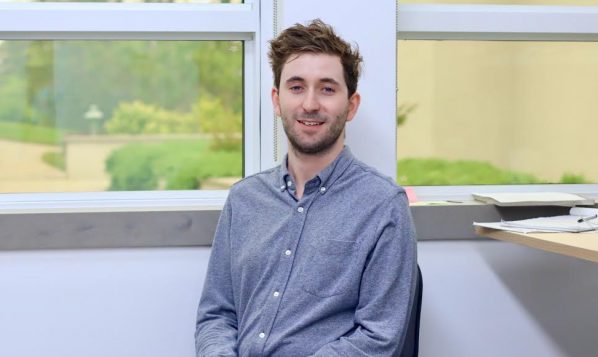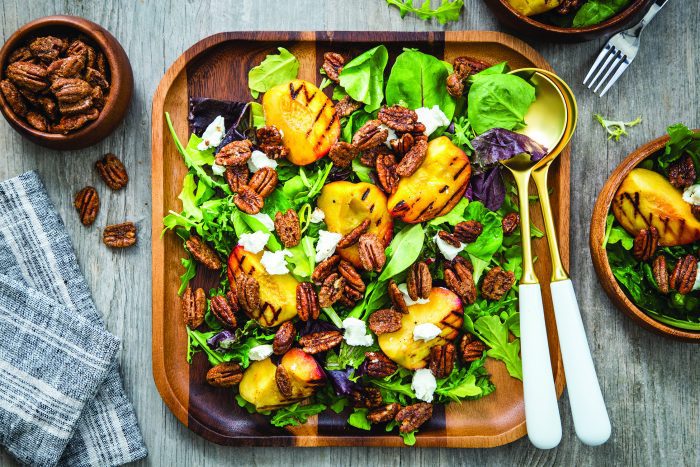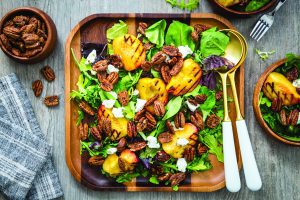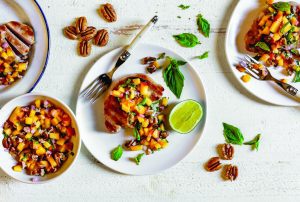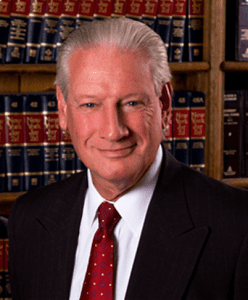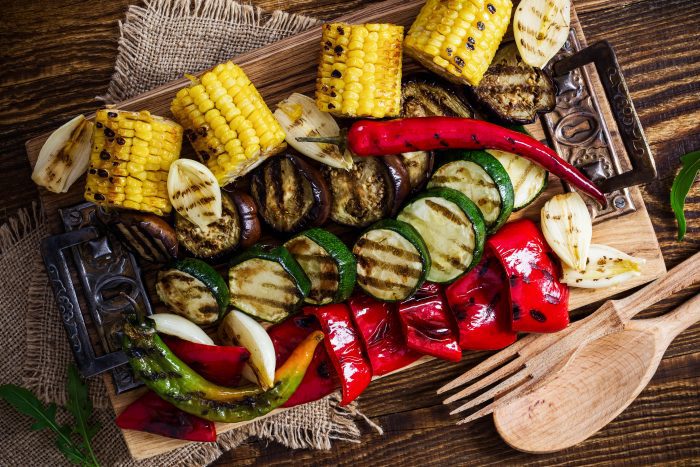By Daniel Dunaief

Picture a cup.
Better yet, picture 100 drinking vessels, all of different sizes, lined up next to each across a long table.
Now, on a cold day, when you’re not that thirsty but could use something to warm your hands, you might choose a mug that allows heat to bring comfort against a cold wind and frigid temperatures.
On a hot day, when you’re running, gardening or watching your child play yet another sporting event, you might choose an insulated cup that has plenty of ice cold water. That container also might have condensation on the outside, which could give your palms a respite from the pools of sweat clinging to them.
When you’re handing your two-year-old a cup filled with milk, soy milk, water or juice, the container likely has a lid and a drinking attachment.
These cups can all be different sizes and shapes, can serve various purposes and can hold different amounts of liquid.
Even before you touch one of them or take a sip, no matter how eager you are for the liquid inside, you can imagine the feel of the cup in your hand, and you can gauge just how much your mouth and body can expect. You’re likely to take small sips of a scalding cup of hot chocolate, while you might down eight ounces of iced cold water in a matter of seconds.
What would you do if you had a cup mismatch?
Let’s say you were incredibly thirsty after a long run on a mid-July day when you pushed yourself to go further or faster than you had in months. Instead of a tall glass filled with water or a water bottle, you take out a shot glass. The water might be just as cold, but the amount could leave you wanting more and disappointed, even before you lift that small glass to your lips.
At various points in life, the size of the glass (OK, now I’m speaking figuratively) from which we drink doesn’t align with our expectations or hopes.
We want a day, an interaction, or an outing that fills a large cup, and, yet, the lived experience falls short of our hopes.
As a barometer of our expectations, the cup, like the small shot glass filled with barely enough water to wet our parched lips, can feel like it’s too small, leaving us disappointed and thirsty.
As we go through life, we, our friends, and our family members experience times – after a storm, amid a physical or mental health crisis, after leaving a satisfying job, to name a few – when the size of the cup, as a measure of the expected dose of happiness, coherence, joy, or meaning, falls short.
Those tough times become disheartening. We might lose faith or feel slighted or cheated. We need more to fill our cup.
While we can seek to fill the largest cup around with successes, accomplishments, support, and affection, we can also rethink the container.
A small child pouring water into a Dixie cup, for example, might be incredibly successful if a few drops make it.
As adults, the juxtaposition of our daily expectations against our experiences can dictate our mood and reflect our evaluation of the quality of the day. When something happens that reduces the likelihood of our achieving or enjoying our lives, we can feel like we’re holding a frustratingly empty cup that we have little prospect of filling.
Instead of being disappointed, we might consider reaching for a different container. I’m not suggesting that we aim low or that we stop striving for personal achievement and growth.
A smaller cup, however, breaks the iconic model of the optimistic half-full cup or the pessimistic half-empty container. Instead, we can choose to fill a smaller cup.
Over time, we can increase the size of the cup, filling it each time until it runs over.
This process might restore our sense of accomplishment and help us appreciate what we have and not lament what’s missing.
As life changes, we can redefine what we need to feel fulfilled.


